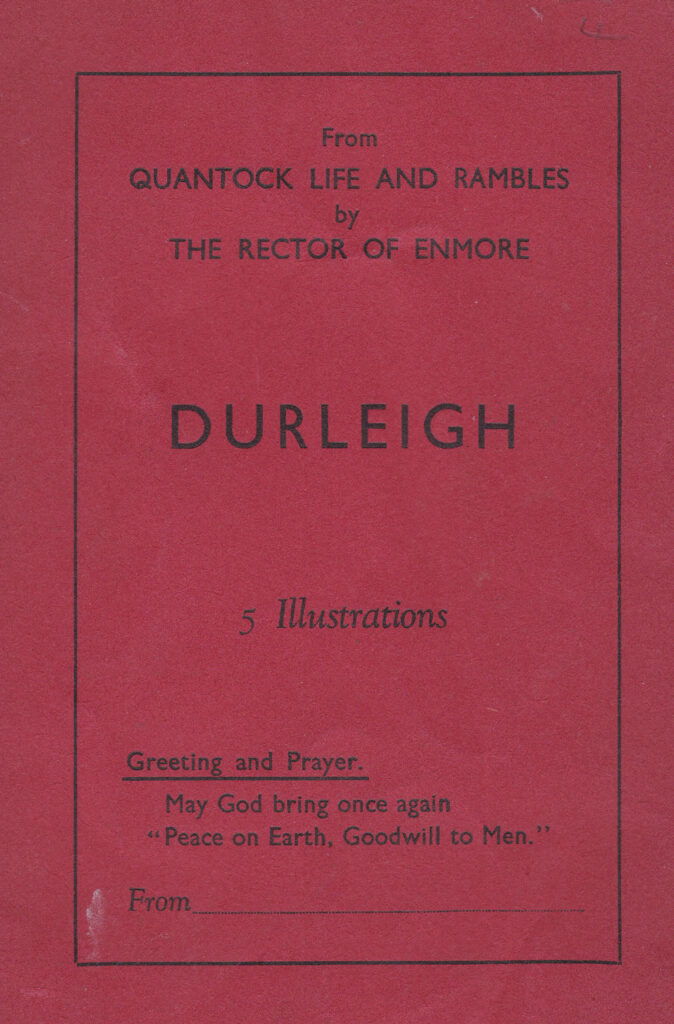
AS one passes along the Spaxton road from Bridgwater, a glance on the left about mile from the town reveals, on a knoll, the little church of Durleigh, with its embattled tower and saddle-back roof a real gem, reminding one of the small dainty churches of Switzerland. The Church is ancient, for the chancel arch is late Norman. It has no Patron Saint and Tradition has it that King John, on one of his hunting expeditions to Rexworthy gave the land for the erection of a House of God in the Forest Clearing on the hill. An old document describes it as “The Chapel in the Wood ” a name which certainly suggests the idea of a place of prayer built in a prominent and pleasant position.
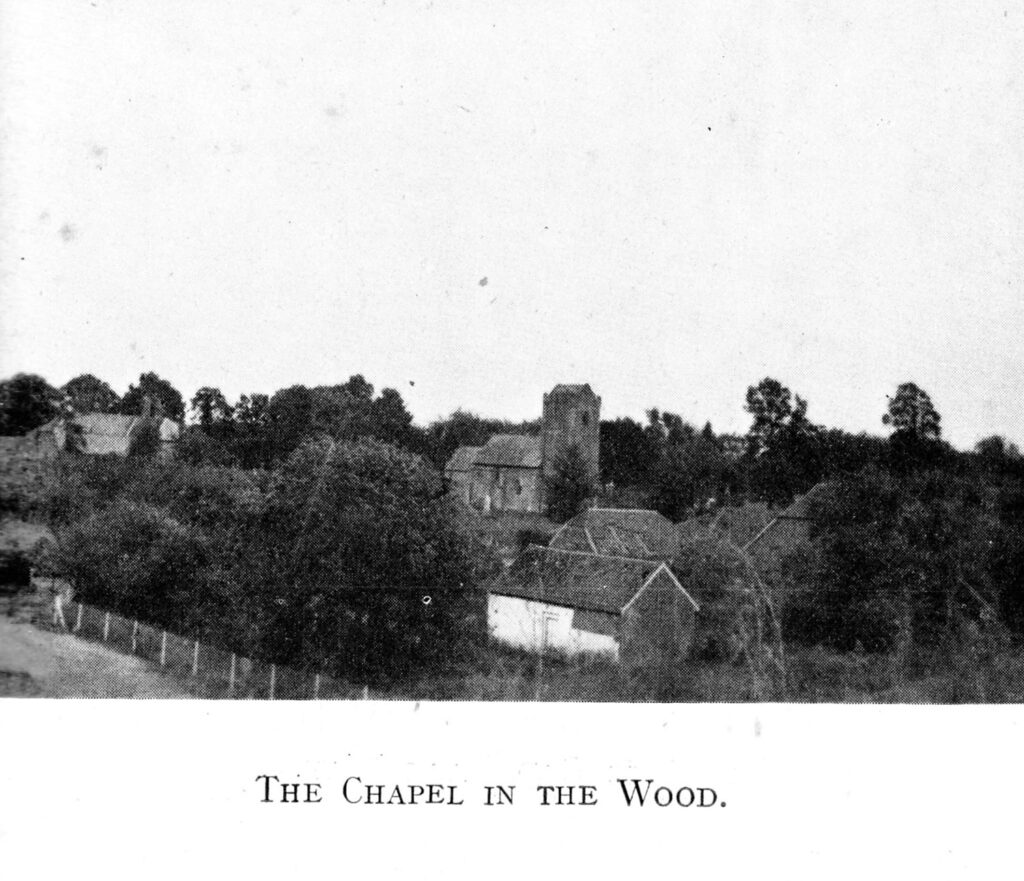
Behind the Church can be seen a bit of The Old British Pack Way which connected the Port of Watchet with that of Bridgwater. This ancient ” Track ” joins the present main road above and opposite Dr. Morgan’s School.
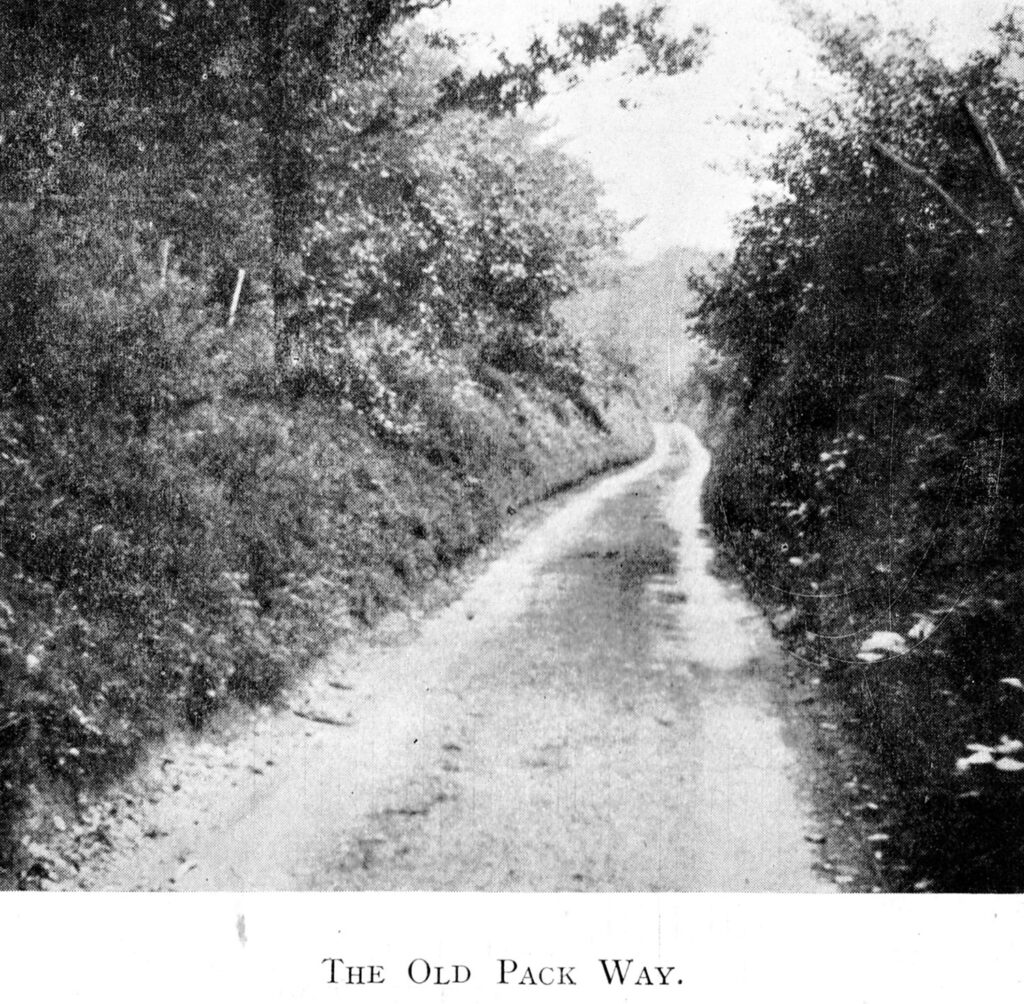
In the other direction bits of it can be found skirting the new lake of 81 acres containing 231,000,000 gallons of Quantock water brought down by 3 streams, two on the right from Enmore and Rexworthy, and one on the left from Goathurst. In reality this lake is the open reservoir constructed by and for the Municipality of the town and district.
Looking across the water at the point of entry of the little stream from Goathurst, two ex-tremely interesting buildings can be seen both late 15th Century viz : The Old Manor House of Durleigh now called West Bower and the Columbarium or Dove Cote. The Manor House once belonged to the Seymour Family and was the reputed, birthplace of Jane Seymour, the favourite wife of Henry VIIIth, if his own description of her as “Dear Jane” bear any semblance of truth. She was the mother of Edward VI and died in childbirth. Her brother Edward Seymour, Duke of Somerset, (The Lord Protector) is also said to have been born here.
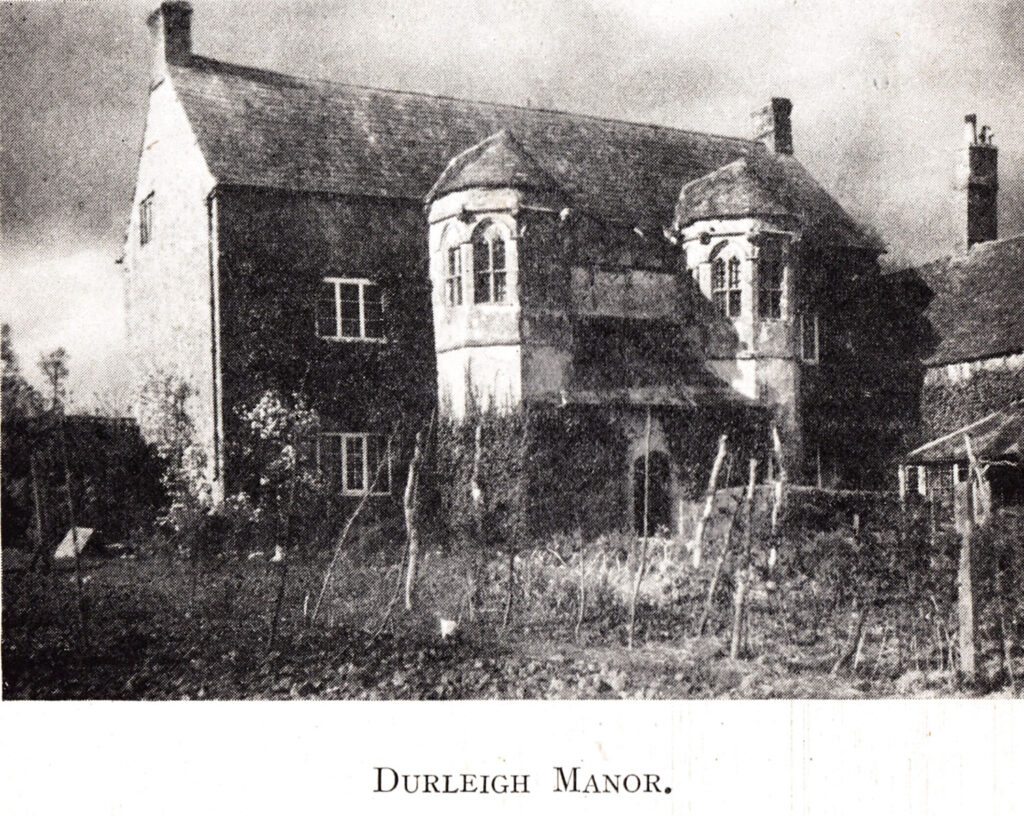
The Columbarium is kept in good repair and has nesting cubicles for 800 birds but it is not used to harbour pigeons in these days.
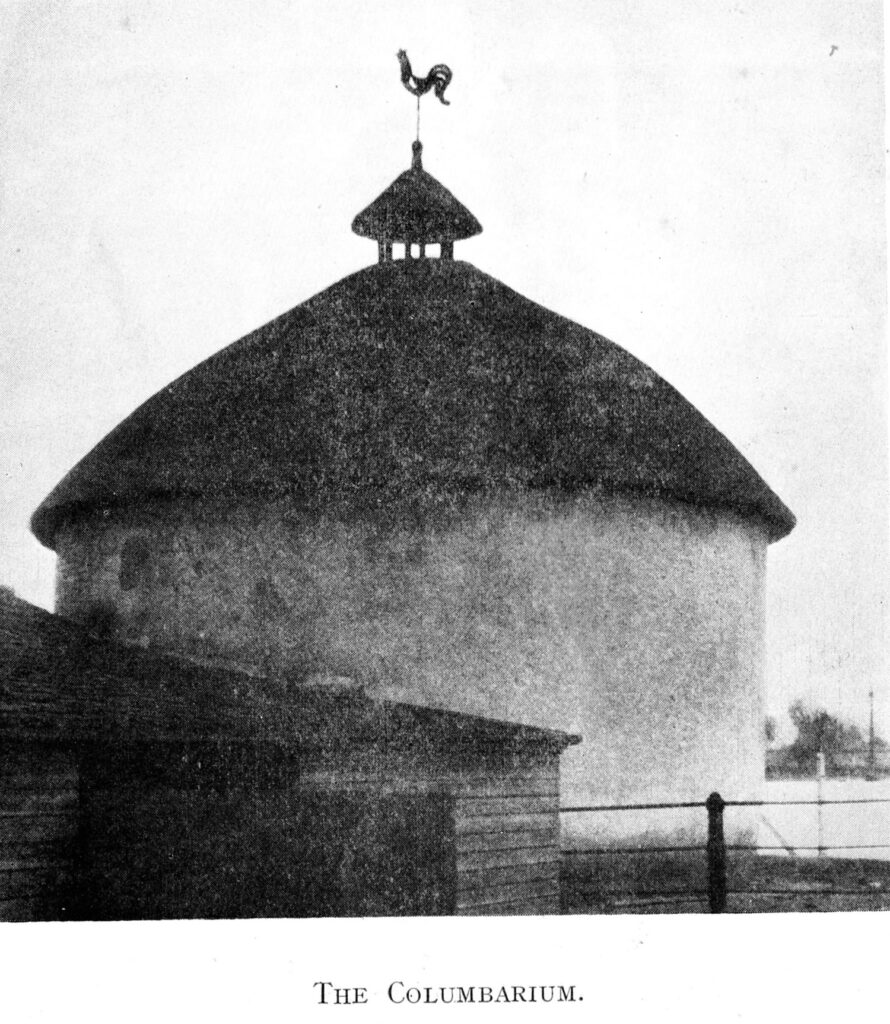
There are several ancient buildings of this kind attached to Manor Houses in Somerset, that at Shapwick Manor, being very fine and sill in use for its original purpose. There is another at the Court House, Long Sutton and an exceptionally fine one indeed at Norton sub Hamdon.
Across two or three fields farther on is the ancient Moated Farm called Rexworthy. The moat is still entire and always full of water from the hills. In the time of King John it was evidently on the edge of the forest of Quantock, hence its use as a convenient hunting box. It is mentioned in Doomesday Book. William the Conqueror presented it, together with Durleigh to one, named Ansger, a member of his household. It is also mentioned again in the lists of Forestries 1362 and is referred to as the house of John of Racheworthy near Durleigh. At that time it was a typical Manor House with its moat and an outer protection of marsh and woodland. West Bower also had its moat, which has been drained, but is easily traceable.
Less than a mile beyond the lake, opposite the first stately Quantock Oak, and almost hidden from view, is the Rectory of Enmore built by a notable Rector, the Rev. John Poole, M.A., in 1802. Surrounded by Scotch and other Fir trees, Limes, Lombardy Poplars, Acacias, Maples and Elms, it is sheltered from the East winds whilst the hedge of Lilacs bordering the road on the South is a noteworthy feature in Spring time. The lawns are as spacious as the gardens in general, the latter being divided by hedges of privet and the beds by box. There is a silent pool, and mistletoe in full growth.

The ancient British Road appears definitely under a small avenue of Elms and passing below into the main road to be again picked up running through the golf links below lines of fine Oak trees. Visitors are always welcome to this delightful spot and can rest and admire the surroundings in which poets, scientists, educationists, musicians and literary men met and talked in the early years of the 19th century.

